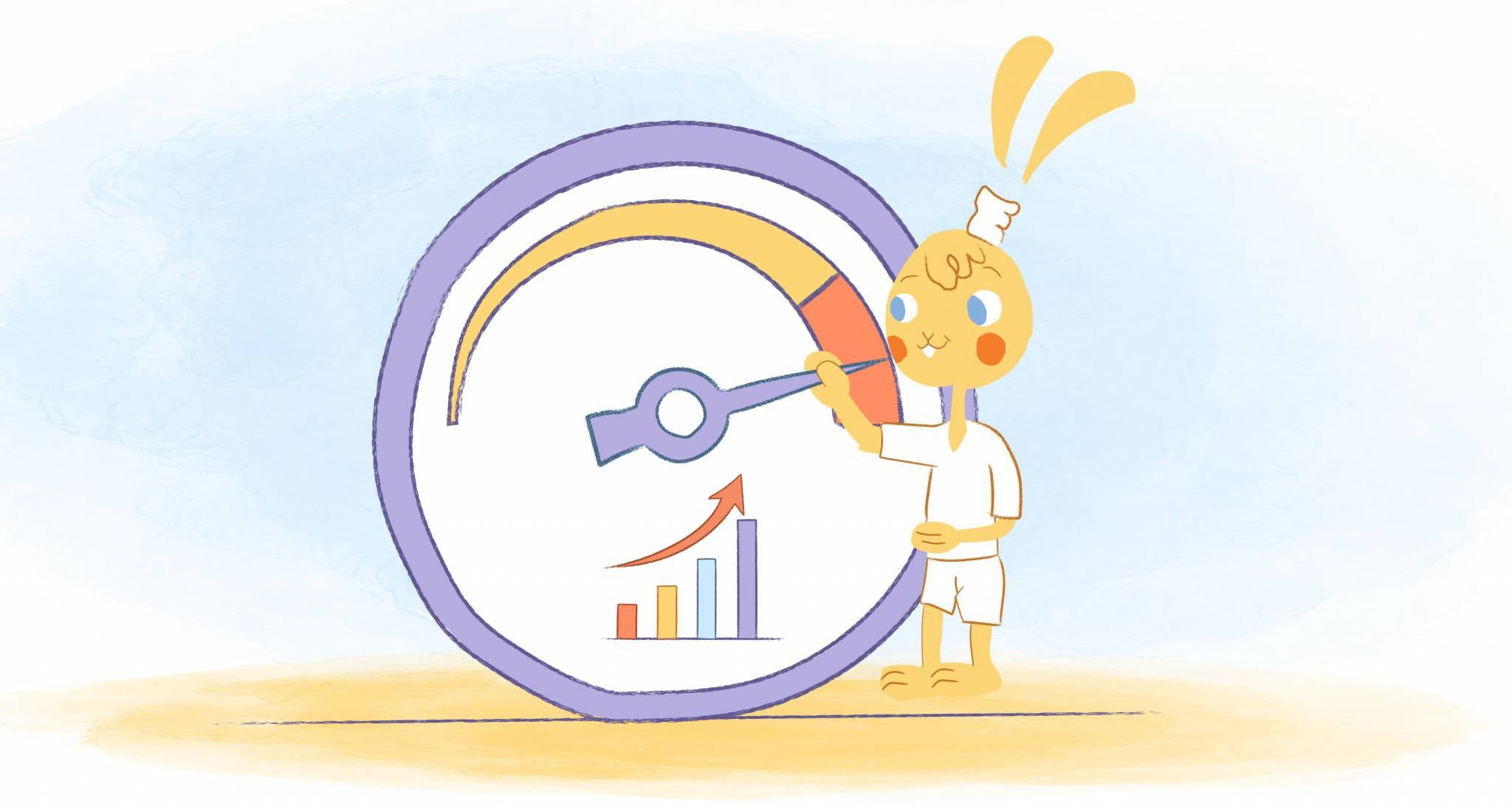

Did you know that we have between 12,000 and 60,000 thoughts a day? While a percentage of these are fleeting and harmless, a whopping 80% of these thoughts are negative. As a consequence, these fleeting, seeming inconsequential thoughts can incapacitate you from moving forward and getting things done.
But I have some good news for you. You can fight back against these crippling thoughts. Once disarmed, you can finally take back the reigns by mastering your thoughts.
Trick yourself into thinking about something else.
Here’s what I’ve found interesting about unwanted thoughts. They’re not always terrible And, everyone, whether you suffer from anxiety or not, is susceptible.
Maybe Google or Facebook reminded you of a memory you shared while on vacation. As you look at the picture, you begin to reminisce about the trip. Perhaps you wake-up from a dead-sleep because you’re worried about a presentation you have to give in the morning. Or, as you’re bucking down to write a blog, your mind is preoccupied with your weekend plans.
Regardless, these thoughts aren’t just distracting. They actually prevent you from getting started. And, if you don’t control them, that could lead to problems like procrastination — which in turn could result in running late or missing deadlines.
A simple strategy to stop runaway thoughts is just to close your eyes. Next, visualize a bright-red stop sign. Then, take a deep breath and exhale.
What if that doesn’t work? Well, whenever my mind is racing, I raise my arm and close my fist. Unlike visualization, I’m physically telling myself to stop intrusive thoughts.
You could also try the following 2-minute mini-meditation from Lynne Goldberg, meditation coach and co-founder of the OMG I Can Meditate! App:
- Take stock of your surroundings and close your eyes.
- “Allow yourself to be there with the sounds,” Goldberg says.
- Settle yourself by taking a deep breath.
- Next, follow your breath.
- Repeat this for five deep breaths.
“The core of this brain hack is understanding that you can interrupt a distracting thought with a meditation, and it doesn’t have to involve three hours in lotus pose,” Wendy Suzuki, Ph.D., author of Healthy Brain, Happy Life (due out this spring), tells SELF. “You can literally take 30 seconds and close your eyes and start to focus on your breathing.”
Find an anchor.
Anchoring is a common technique used by therapists to help their patients ease anxiety and panic attacks. By developing a “mental anchor,” you can balance your emotions. It’s just like when you drop an anchor when in a boat.
Anchors can be visual, auditory, kinesthetic, olfactory, or gustatory. Whatever you chose, Michael Carroll, founder and course director of the NLP Academy, explains that the goal is to stabilize “a portion of primary experience” so that you’re “able to access that portion of primary experience at a later time.”
Caroll has a four-step process of setting an anchor:
- Have the person fully access a state
- Provide a specific anchor (stimulus) as the state peaks
- Break state
- Fire anchor to test
“The practitioner holds the anchor for as long as the state is peaking, often about 20-30 seconds, sometimes longer sometimes shorter depending on what the client is assessing and the practitioner’s ability to help the client build the state,” explains Carroll. “After the anchor has been set, the practitioner tests the anchor by applying exactly the same touch on the same part of the client’s body.”
“If the client naturally goes into a state when the touch is applied, the anchor has been successfully set,” Carroll says. Now this “can be used to maneuver this portion of primary experience to a context of the client’s life where the state/resource could be successfully used.”
Kickout the squatters.
Squatters are toxic residents in your mind. They are infamous for creating unhealthy and unproductive thoughts. As such, you need to evict them.
But, who exactly are these terrible tenants? Well, they are most likely the:
- Inner critic. Michele Goldstein explains on Lifehacker that this is a conglomeration of comparing yourself to others, thoughts you’ve conjured based on expectations, other people’s words, and painful experiences.
- Worrier. They often live in the future and ask, “What if?”
- Reactor or troublemaker. Here we have someone who has difficulty controlling their impulses and is triggered rather easily.
- Sleep depriver. Often this is someone who is a combination of any of the above.
How can you become the master of your mind? Well, you interrupt and replace them. Or, you can eliminate them altogether.
Don’t fall into T.R.A.P.S.
According to a licensed therapist and life coach Joseph Wilner, T.R.A.P.S. are:
- Tunnel vision. If left unchecked, it’s easy to fixate on problems. “When we get tunnel vision on a problem, our perspective narrows,” explains Wilner. “When we’re unable to see the bigger picture, we feel helpless and stuck in our current problems.”
- Rumination. Also known as dwelling, this is when “we can’t stop focusing on a senseless and regretful decision we made.” As a result, this often leads to self-blame.
- Awfulizing. Here is when you only think about the worst-case scenario. If the thought is not addressed, it can paralyze you with fear.
- Perfectionism. Why is this debilitating? According to Wilner, it’s “because if things don’t go exactly as we want, we can be more likely to give up.”
- Shoulding (aka being a “should head”). How often do you say you “should” have done something? It may seem harmless, but “this loop leads to judgmental thinking,” says Wilner. “If something ‘should be’ a certain way, and isn’t, we end up perceiving it as wrong, which leaves us stressed out and blaming the world.”
To break out these thinking traps, Wilner suggests that you acknowledge the thought. More importantly, you need to label it. After that, you can release it through mindfulness. Moreover, you could try techniques like writing down your thoughts and asking, “What can I do about it?”
Coulda — Woulda — Shoulda
Wilner calls these thoughts “traps,” and those suggestions work well. I call them the “coulda, woulda, shoulda.” When you begin in the language of coulda, woulda, shoulda — that can clue you in that your mind is in the “trap.” It is easier to identify the “traps” if you find the thought immediately preceding or immediately following an episode.
Catch those first thoughts of self-blame, and you’ll begin to train yourself into better “thought-trails.” After you identify where your thoughts have gone — try these helps:
Think incrementally.
When it comes to problems, we tend to think in all-or-nothing terms. Instead, Barry Winbolt, a psychologist therapist and writer, suggests that you “evaluate things on a range from 0 to 10. If things don’t work out perfectly, review the situation as a partial success rather than a total failure.” In fact, this allows you to see what we did right and what went wrong.
“The trick is to train the mind to see things in steps or increments,” adds Winbolt. After all, “nothing is ever really ‘all’ or ‘nothing.’”
“When you have rated the problem and given it a number, go to step two; ask yourself what needs to happen for you to move up one point on the scale,” Winbolt states. “For example, if you feel bad about something – if zero is the worst you could feel and 10 is as good as you could possibly feel – rate how you actually feel at that moment, then ask yourself the second question.”
Schedule time for daydreaming.
While this may sound counterintuitive, science shows that you can, improve your concentration and focus by doing the following:
- Zone out. Letting your mind wander can help you with planning and problem-solving.
- Muck about. Having some fun throughout the day can boost morale and wake you up.
- Make it harder. A little mess and disorganization can be mentally stimulating.
- Stop working. We’re not robots. Instead of powering through, take frequent breaks throughout the day.
- Don’t try so hard. When you’re concentrating too hard, your best bet is to take a step back and focus on something else. It can help clear your mind and make you feel calmer.
Conclusion
Especially during this year, 2020 and beyond, it’s important to manage your thinking. We’ve had COVID, riots, the elections, the economy, job loss, people loss, vaccine coming (see how I started ruminating)? At this point is where we then ask, “What can I do about this situation? And, what will I do about this or this?
And now the holidays.











Deanna Ritchie
Editor-in-Chief at Calendar. Former Editor-in-Chief, ReadWrite, Editor-in-Chief and writer at Startup Grind. Freelance editor at Entrepreneur.com. Deanna loves to help build startups, and guide them to discover the business value of their online content and social media marketing.